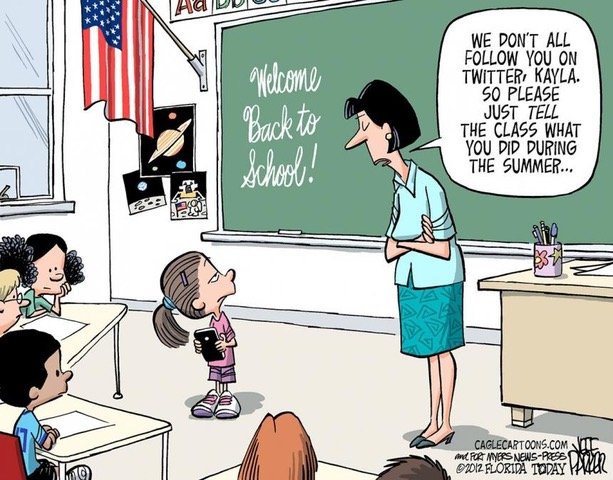How to Introduce Yourself or How to Keep Your Mind From Turning to Mush
You’ve been given your first assignment: give a 60-90 second personal introduction. Even though you've done things like this a thousand times before, for some reason – now that you know you have to stand up and introduce yourself in front of a group of people in class – your mind turns to mush.
What should you say? How can you keep your listeners interested? What happens if you forget what to say? What if it turns out you’re just a boring person? Or worse, a person who thinks they’re cool but aren’t?
Here’s some 3 tips to get you started.
1. Tell a story.
Don't tell us where you were born, where you went to school or how many brothers and sisters you have. Tell us a story and take us on a journey. Whether you know it or not, you've told some of your life stories over and over. Scan through your "story file" of personal favorites and pick one of those.
2. Make it emotional.
Honestly emotional. Choose a story where the emotional stakes were (or are) high. If the feelings matter to you, they’ll matter to your audience. The higher the stakes and the more specific the better. For instance instead of just talking about the facts of what you did on the day the world shut down due to Covid-19, talk about a moment when you specifically felt something: like how frightened you were that time your car broke down and how you managed to get home, or about how relieved you were when you realized you would make it back.
3. Include conflict.
The best stories include moments of uncertainty. For instance, the story of how you struggled to get home is much more interesting than the mere fact that you made it. For reasons that you'll learn later on, nearly any story that has emotion and conflict in it will hold your audience’s attention. In fact, some people say that if your story doesn't have conflict and emotion, it's not worth telling.
To summarize: When you introduce yourself, tell a story that has emotion and conflict in it.


